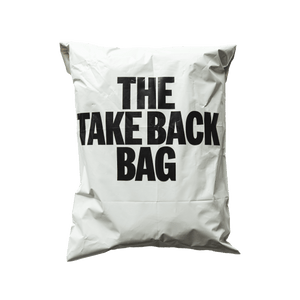The core of every Arvin product. We recover cotton textile scraps from factories and reduce them to their most basic component: the fiber. Here’s everything you need to know.
Why does Arvin use recycled cotton?
By recovering cotton textile scraps from factories, we avoid the cotton growing and production process all together. That saves huge amounts of fresh water, lowers CO2 emissions, and reduces our reliance on resource-dependent farming and production processes. It also keeps those previously unwanted textile scraps out of landfills.
Another reason we use recovered cotton? The process is flexible and works really well. When we recover cotton, we reduce scraps to the fiber (the most basic component of any textile). That gives us a ton of fresh new fiber to combine with other materials (like hemp, spandex, elastane, and others) to create different socks in different colours.
It’s a simple solution that simply works. As we talk about on our Organic Cotton materials page, cotton farming and production is an insanely harmful and resource-intensive process that’s tough on people and the planet. Recycled cotton allows us to avoid those pitfalls entirely.
By the Numbers
Our partners measures and shares the environmental performance of its fiber products. All sustainability claims are supported by third-party certifications as well as studies that Recover has conducted using the LCA (Life Cycle Asessment) methodology.
Comparrison per kilo of Recycled Cotton Fiber
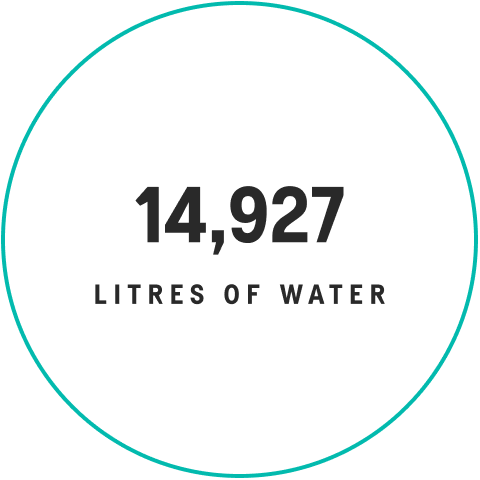
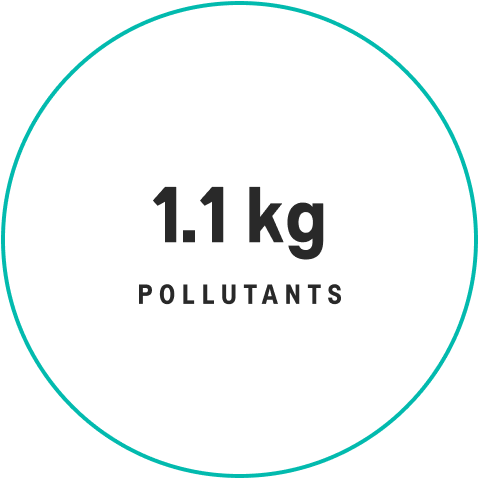
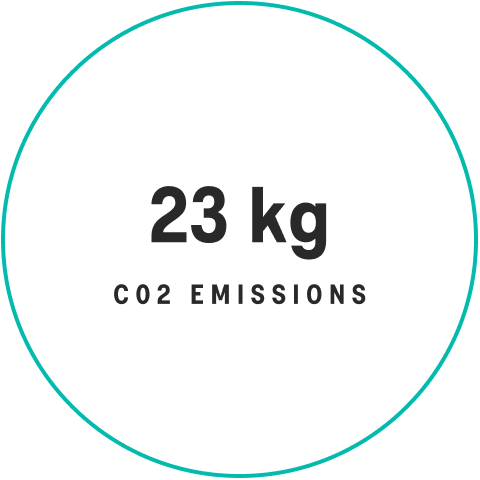
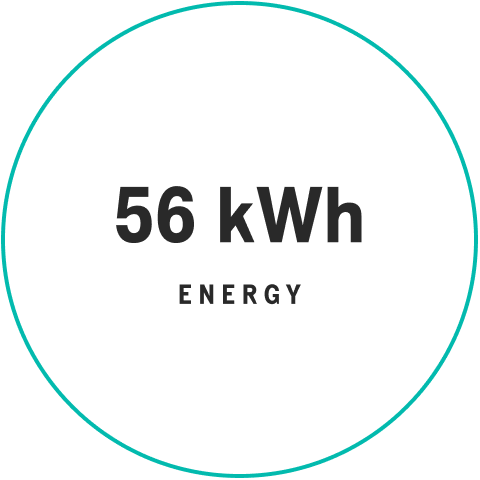
The Recycled Cotton Process
The process begins with recovering recycled textile scraps and fabrics. Then, we reduce those scraps to their raw fibers. That gives us a building block to combine with other responsibly sourced yarns to create comfortable, versatile, and damn stylish socks.
Our Materials
We use the most responsible products possible, and invest in new solutions as they arise to reduce our impact that much further. Every material we use is the best there currently is—but we’d be sugarcoating things if we said they were all perfect. Here’s an overview of what we currently use. Click on one of the icons below to learn more.











